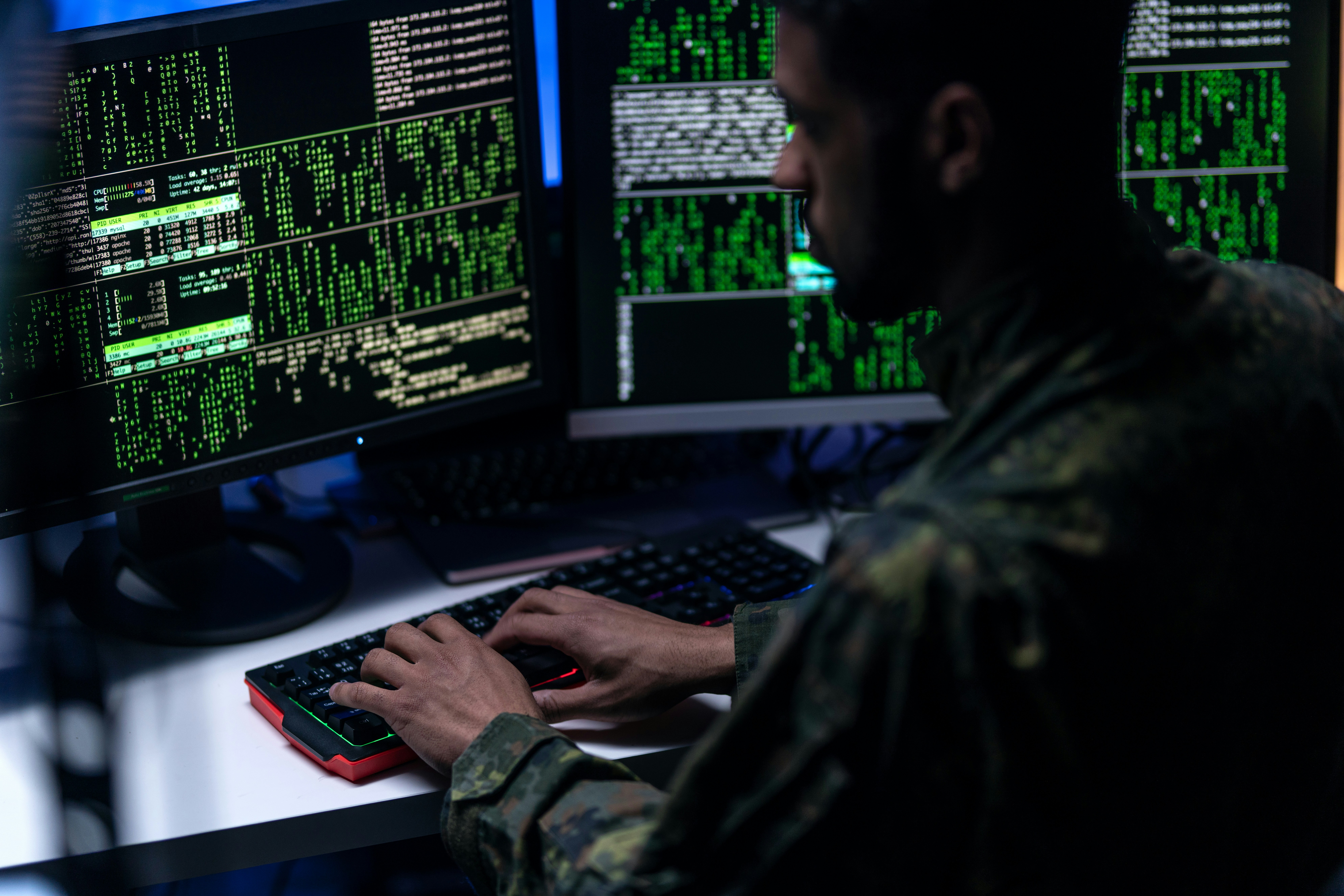
In today’s digital environment, security breaches are not a question of if but when. Organizations must recognize that threats evolve rapidly, and vulnerabilities can emerge unexpectedly. Due to this reality, developing structured Response Protocols ensures that companies minimize damage and recover more quickly. A breach without a proper plan can result in significant financial losses, reputational damage, and potentially, regulatory consequences. Therefore, protocols create a roadmap that allows teams to act swiftly and confidently under pressure.
Moreover, a well-defined plan not only reduces chaos during an incident but also promotes accountability. Every employee knows their role, and leaders can concentrate on critical decisions rather than scrambling to delegate tasks. This clarity is vital because attackers often exploit confusion as much as they exploit technical weaknesses. With Response Protocols in place, businesses gain resilience and demonstrate to clients and stakeholders that they take security seriously.
Preparing Before a Breach Occurs
Preparation begins long before any breach takes place. Companies must conduct regular risk assessments to identify areas of weakness, such as outdated software and human error, to mitigate potential risks. These evaluations establish the foundation of Response Protocols by determining which assets require the most protection. By taking proactive steps, organizations reduce the chances of being blindsided when a breach happens.
Additionally, preparation involves training staff at all levels. Employees often represent the first line of defense, so they need to recognize suspicious behavior, phishing emails, and unusual system activity. Regular drills and tabletop exercises can simulate real-world scenarios, helping the team respond quickly and effectively. The goal is to build muscle memory so that actions feel instinctive rather than reactive.
Detecting and Containing Breaches
Once a breach is suspected, immediate detection and containment are crucial. The longer a breach goes unnoticed, the more damage it can cause. Therefore, investing in monitoring tools and intrusion detection systems provides visibility into unusual activities. These technologies, combined with clear Response Protocols, enable rapid identification of potential threats before they escalate.
After detection, the focus shifts to containment. Quick isolation of affected systems prevents attackers from moving laterally through networks. Transitioning smoothly into this stage requires predefined actions such as disconnecting compromised devices, deactivating accounts, or segmenting networks. Having these steps outlined in advance prevents hesitation and ensures that security teams act decisively in moments that matter most.
Communicating During a Breach
Clear and consistent communication plays a critical role in managing security breaches. Internally, teams must share accurate updates without overwhelming employees with unnecessary details. Externally, communication with customers, partners, and regulators should be transparent but controlled. A thoughtful communication plan, embedded within Response Protocols, ensures that information flows responsibly and builds trust rather than panic.
Moreover, effective communication should involve collaboration with both legal and public relations teams to ensure compliance and protect the company’s reputation. By coordinating messages, organizations avoid inconsistencies that could harm credibility. Timely updates also reassure stakeholders that the company remains in control and committed to resolving the situation effectively.
Investigating the Breach
After containing a breach, the next step involves a thorough investigation. Security teams must determine how attackers gained access, what systems were affected, and what data was compromised. This stage provides critical insights for closing vulnerabilities and strengthening defenses. Without careful investigation, organizations risk repeating the same mistakes.
Furthermore, documentation during the investigation becomes valuable for legal and compliance requirements. Regulators may require proof that appropriate steps were taken, and clients may seek reassurance that lessons have been learned. By weaving investigation procedures into Response Protocols, businesses create consistency and accountability in their post-breach actions.
Recovering and Restoring Operations
Recovery focuses on restoring systems and services to normal while ensuring that vulnerabilities are no longer exploitable. This phase often involves rebuilding servers, patching software, and verifying that backups remain intact and uncompromised. Transitioning carefully from containment to recovery helps avoid reintroducing threats and overlooks lingering risks.
At the same time, recovery requires collaboration across multiple departments. IT teams handle the technical aspects, while business leaders prioritize which operations to bring back online first. When Response Protocols clearly outline these priorities, organizations reduce downtime and restore customer confidence more quickly. Recovery is not just about returning to business—it is about returning stronger and more secure.
Learning from the Incident
Every breach provides lessons that shape future resilience. Conducting post-incident reviews allows organizations to identify what worked, what failed, and what improvements are necessary. These reviews should remain honest and constructive, focusing on strengthening security rather than assigning blame. By systematically updating Response Protocols, companies ensure they evolve alongside emerging threats.
Additionally, sharing insights across the organization promotes a culture of continuous improvement. Employees at all levels benefit from understanding how the breach occurred and what measures are now in place to protect them better. This transparency strengthens trust and motivates everyone to remain vigilant. Learning from incidents transforms challenges into opportunities for long-term growth and development.
Building a Culture of Security
Developing Response Protocols is not just a technical exercise—it is part of building a culture of security. When employees recognize that security is everyone’s responsibility, they become active participants in protecting the organization. This mindset ensures that protocols are not just documents on a shelf but living practices integrated into daily operations.
Moreover, a security-conscious culture encourages innovation without fear. Employees feel empowered to report suspicious activity, suggest improvements, and participate in drills. Over time, this culture reduces the likelihood of future breaches and prepares the organization to face challenges with confidence. Embedding Response Protocols into company values makes security a shared mission rather than a separate function.